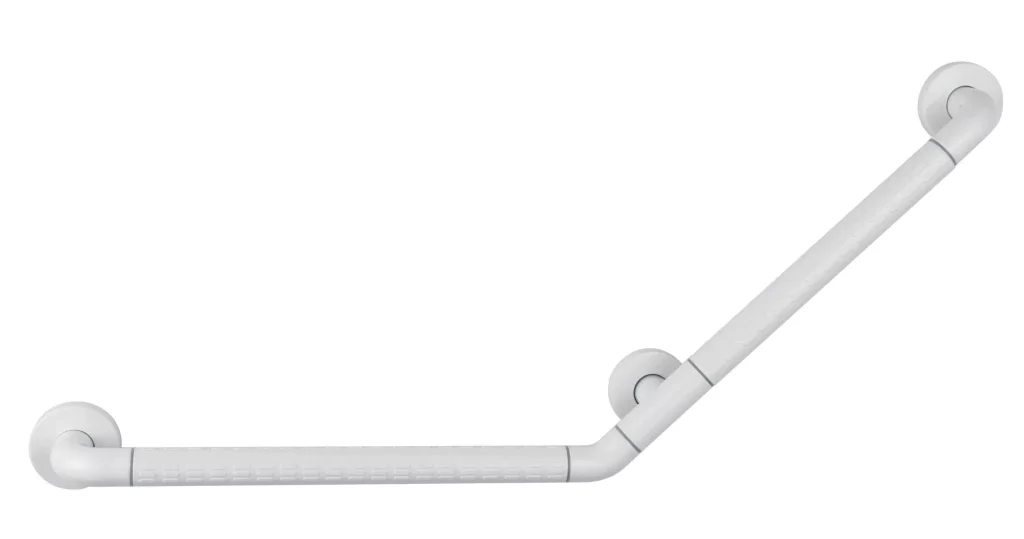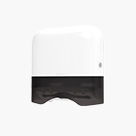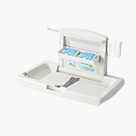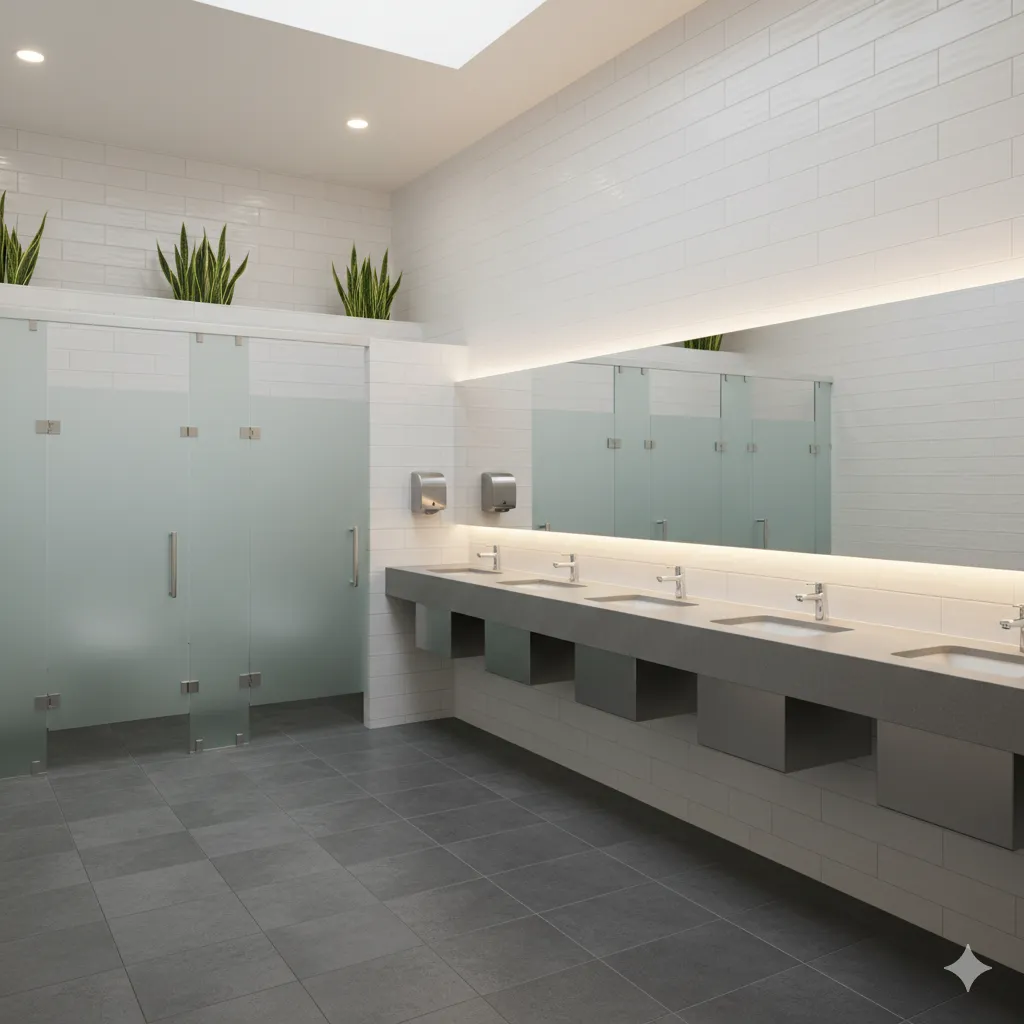Aides et équipements de soutien pour la toilette | Mobilité dans la salle de bain
Les meilleures aides aux toilettes pour les personnes âgées ou handicapées comprennent les sièges de toilettes surélevés, rails de sécuritéet des cadres de sécurité. Ces équipements aident les personnes âgées à s'asseoir et à se lever plus en sécurité dans la salle de bain.
Les salles de bains peuvent être risquées pour les personnes à mobilité réduite, mais un équipement de soutien approprié les rend plus sûres et plus faciles à utiliser.
Examinons les meilleures options et où elles s’intègrent.
Équipement de toilette essentiel
En matière d'accessibilité aux salles de bains, les toilettes sont généralement la priorité. Voici quelques options efficaces que vous pouvez proposer à vos clients.
Sièges de toilettes surélevés
Si vos clients ont du mal à s'asseoir ou à se lever des toilettes standard, les sièges de toilettes surélevés sont une excellente solution. Ils ajoutent 5 à 10 cm de hauteur, ce qui facilite grandement le mouvement des personnes souffrant de problèmes de genoux ou de hanches.

Vous trouverez plusieurs types sur le marché :
- Modèles de base qui s'installent simplement sur les toilettes existantes
- Versions avec poignées intégrées pour plus de sécurité
- Versions sécurisées qui se fixent fermement aux toilettes
- Modèles réglables qui peuvent être personnalisés à la hauteur parfaite
Ils sont relativement faciles à installer et offrent des avantages immédiats à vos clients.
Barres de sécurité pour toilettes
Pour les salles de bains à espace limité, les barres d'appui pour toilettes offrent une alternative compacte aux cadres complets. Elles se fixent directement aux toilettes et offrent un soutien sans occuper d'espace supplémentaire au sol.
Notre Barres de sécurité pour toilettes disposent de poignées larges et confortables adaptées aux utilisateurs ayant différentes capacités de force des mains.
Cadres de sécurité pour toilettes
Les cadres de sécurité pour toilettes sont équipés d'accoudoirs robustes de chaque côté. Ils offrent un soutien aux clients qui ont besoin d'aide pour se relever et s'abaisser, sans pour autant nécessiter une hauteur d'assise supplémentaire.
La plupart des cadres s'adaptent aux toilettes standard et ne nécessitent pas d'installation permanente. Ils conviennent donc parfaitement aux situations temporaires ou aux locations où les modifications doivent être réversibles.
Équipement de soutien pour la douche et le bain

La douche présente des défis particuliers en raison de ses surfaces humides et glissantes. Voici quelques équipements de sécurité pour le bain qui peuvent contribuer à prévenir les chutes dangereuses.
Chaises et bancs de douche
Les chaises de douche offrent une assise sûre aux clients qui ne peuvent pas se tenir debout en toute sécurité sous la douche. Parmi les options disponibles :
- Tabourets de douche basiques pour des besoins de soutien minimes
- Chaises avec dossiers et accoudoirs pour plus de stabilité
- Bancs de transfert qui s'étendent au-delà de la baignoire pour faciliter l'entrée
- Sièges pliants muraux qui économisent de l'espace
Sélectionnez le modèle approprié en fonction du poids du client, de son niveau de mobilité et des dimensions de la douche.
Barres d'appui et rampes de sécurité
Les barres d'appui sont des aides à la mobilité essentielles dans la salle de bain. Installez-les aux endroits stratégiques :
- À côté des toilettes pour un soutien assis et debout
- Aux points d'entrée de la douche et de la baignoire
- Le long des parois de la douche pour plus de stabilité pendant le bain
- Près des éviers pour l'équilibre pendant les activités de toilettage
Notre rampes de sécurité pour salles de bains sont conçus pour un montage sécurisé dans des environnements humides.
Surfaces antidérapantes
N'oubliez pas l'ajout de tapis antidérapants ou de bandes adhésives pour le sol de la douche et le carrelage de la salle de bain. Ces ajouts peu coûteux peuvent prévenir de nombreuses glissades et chutes.
Choisir le bon équipement pour les besoins de votre client
Après avoir examiné ces aides et options de soutien aux toilettes, l'essentiel est de trouver l'équipement adapté aux besoins spécifiques de votre client. Certains clients peuvent avoir besoin de plusieurs solutions combinées, comme un siège de toilette surélevé associé à des barres d'appui stratégiquement placées.
Lorsque vous recommandez des équipements de mobilité pour la salle de bain, tenez compte de la routine quotidienne et des limitations physiques de votre client. Les équipements de soutien présentés ici s'intègrent parfaitement à d'autres dispositifs d'accessibilité, comme Robinets conformes à l'ADA, créant une salle de bain où vos clients peuvent conserver leur indépendance dans toutes les activités quotidiennes.



















